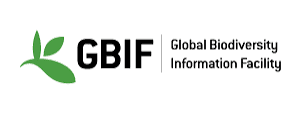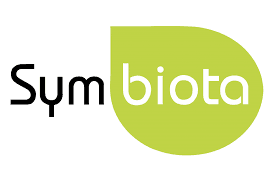
The Archbold Natural History Collection
Archbold’s Natural History Collection (plants, birds, herptiles, fish, arthropods, and other taxa) is one of the richest, best-documented, multi-taxon collections representing any region in North America. It is focused on Central Florida. Establishing the collection was a high priority for founder Richard Archbold, and the tradition continues to this day. Collections are maintained on-site in secure cabinets and managed by the program directors with responsibility for their taxonomic specialty.
These are reference collections, supremely useful for staff, students and visiting scientists for ‘on-site’ identification. Archbold attracts taxonomic specialists from around the world. They collect on site and view specimens in the collection. Many publications from Archbold stem from work in the collection, identifying new species, noting the arrival of invasive species and, increasingly, seeking small tissue samples for DNA to enrich taxonomic studies. Complementing the on-site collection, specimens collected by others at the Station have been curated in museums around the world, a veritable ‘diaspora’ of Archbold specimens.
Archbold Natural History Collection numbers are estimated at ~160,000 specimens (as of 2020). Archbold received a National Science Foundation award, 2014-2019, to complete major digitization of the collection and, with support from iDigBio, posted 44,091 Archbold specimen records online for the global community. All specimens were digitized for plants (4,795), birds (1,474) herptiles (2,507), and fish (198). For arthropods an exact specimen count was not feasible, rather was estimated between 130,000-170,000 specimens (~150,000) of which 34,720 specimens were digitized.
The collection encompasses a total of 11,566 species including 9,326 arthropods, 1,559 plants, 45 fishes, 108 herptiles, 491 birds, and 37 mammals.

Arthropod Collection
An estimated ~150,000 specimens are held in the Arthropod collection, mostly pinned insects but some, like the spiders, in vials. Of these, 34,720 arthropod specimen records have been databased and available online. 2,934 specimen records have accompanying images. At least one specimen was digitized and uploaded for each species to building an arthropod holdings list of 9,326 species, in 17 orders. This list includes >1,100 undescribed species. Four important features of the Arthropod collection are the Ant collection (737 species), the “flower visitor database”, endemic species of the Lake Wales Ridge, and “deadwood’ specialists. Many visiting entomologists contributed to building this collection over the decades although the majority of the specimens were prepared by Archbold scientist Mark Deyrup. Collection Manager: Mark Deyrup
Herbarium
The Leonard Brass Herbarium is named in honor of Archbold’s first resident botanist who prepared many specimen records. It includes vascular pressed plants, with 1,559 species, 4,795 specimens (of which 4782 have images). Specimen data and images are available via the North America Network of Small Herbaria. The Herbarium is primarily specimens from Archbold Biological Station, Buck Island Ranch, and other regional sites. Digitization work is now underway for specimen records of bryophytes, mosses, lichens, plant seeds, and fungi. Collection Managers: Betsey Boughton, Aaron David, and Sterling Herron

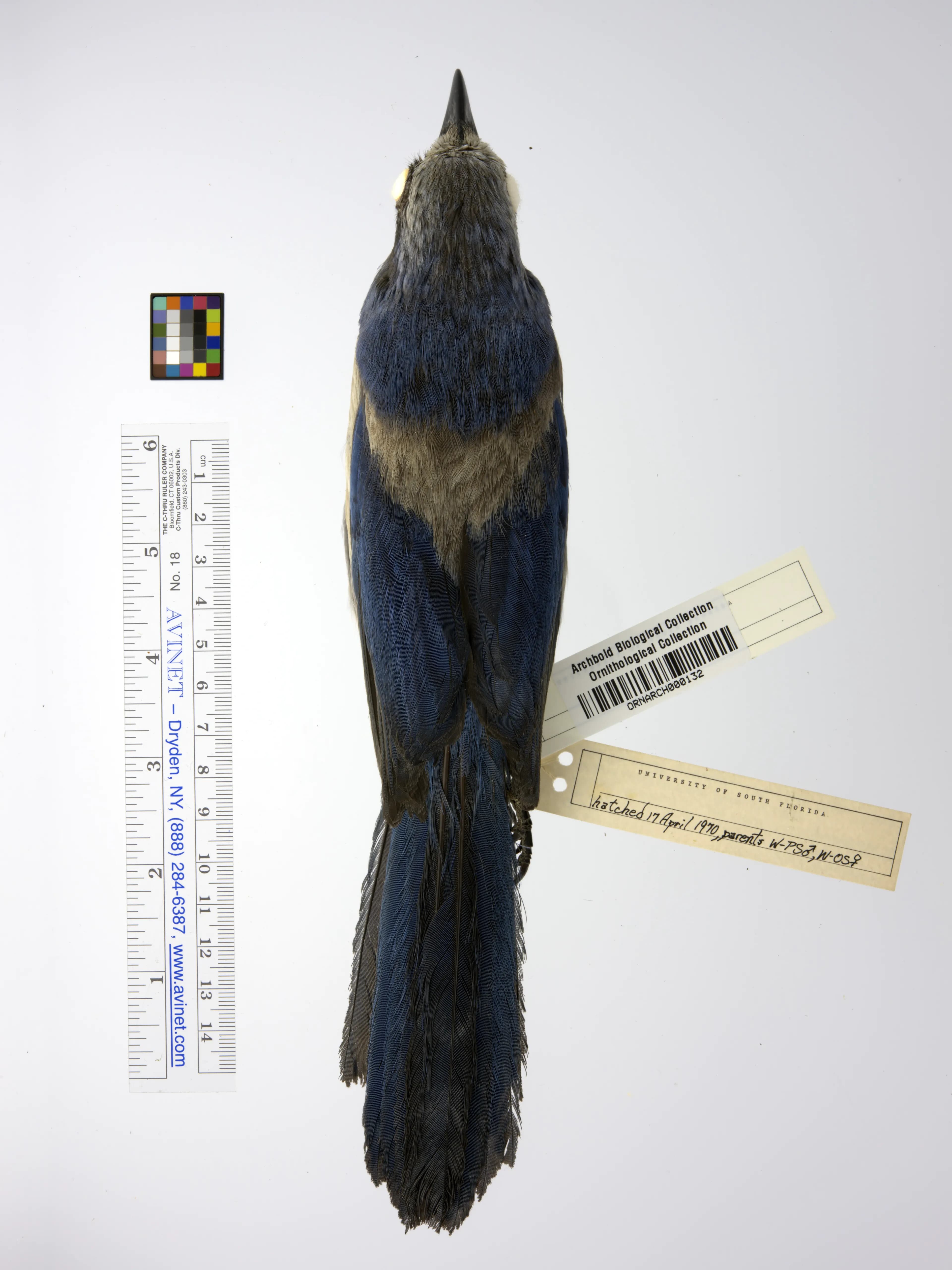
Bird Collection
The Bird collection includes 1,474 bird skin specimen records uploaded to Consortium of Small Vertebrate Collections. encompassing 494 species of which 471 species have associated images. The collection grew considerably under the long-term curation of Dr. Glen Woolfenden. We have also catalogued all bird skeletons, eggs, and feathers and plan to upload these online in future. Collection Manager: Sahas Barve
Herptile Collection
This collection includes 2,507 cataloged specimens or lots and 2,668 individual specimens uploaded to the Consortium of Small Vertebrate Collections. There are a total of 108 species belonging to 33 families. Online images focus on 20 amphibian and 38 reptile specimens that would be of value to researchers because of their endemism to peninsular Florida and/or retention of visibly quantifiable traits, such as melanistic color patterns. Many of these herptile specimens were collected and prepared by former Archbold scientist Dr. James Layne. Collection Manager: Betsie Rothermel
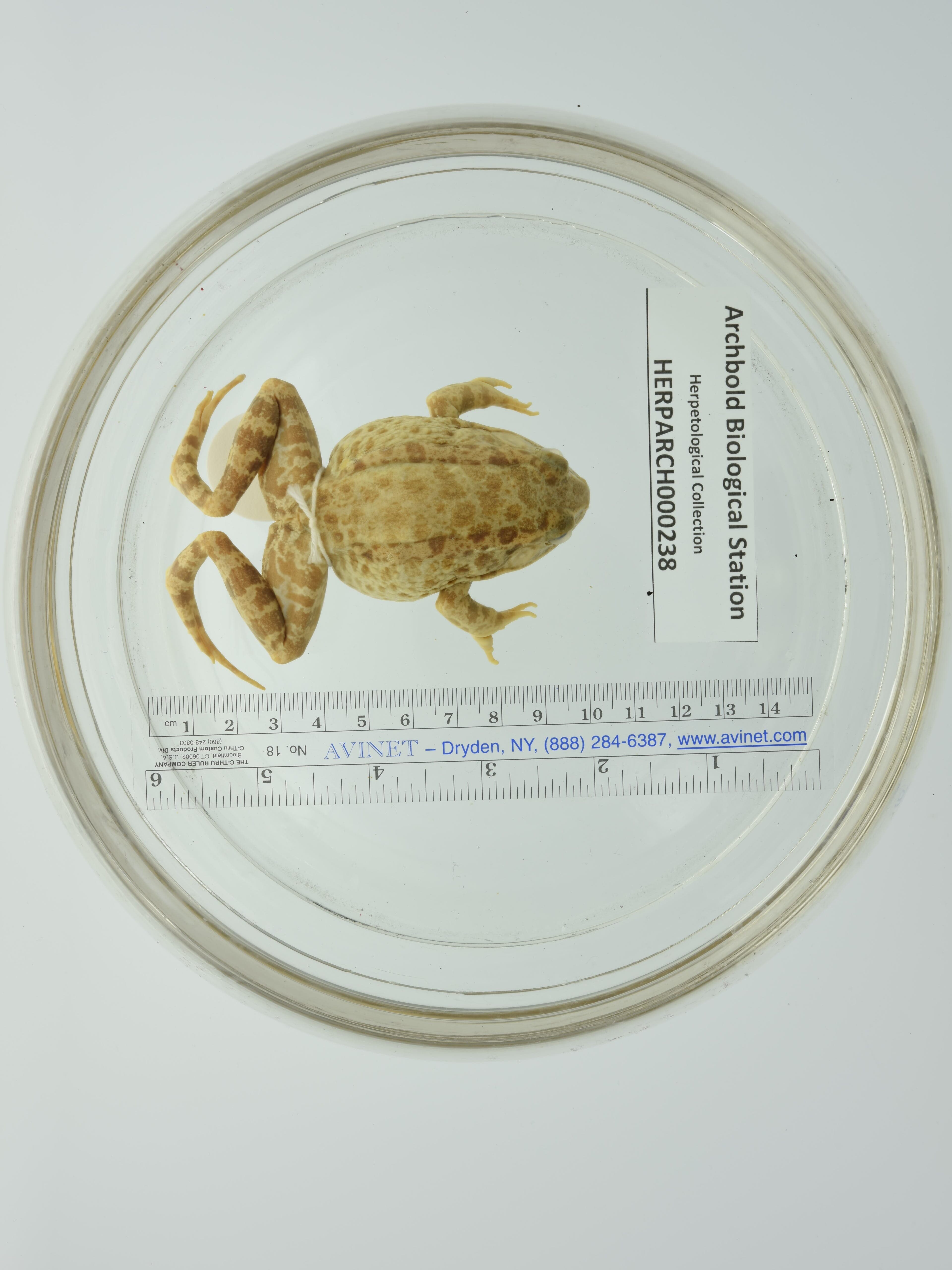

Fish Collection
The fish collection of 198 specimen records, including many jars as lots. These fish records are uploaded to the Consortium of Small Vertebrate Collections and all 198 fish specimen records are imaged. There is a holdings list of 45 species. Collection Manager: Betsie Rothermel
Mammal Collection
The mammal skin collection includes 397 specimens and mammal data are uploaded to the Consortium of Small Vertebrate Collections but no mammal skin specimens have been imaged to date. There is a holdings list of 37 species. Many of these mammal specimens were collected and prepared by former Archbold scientist James Layne, who also deposited a large number of mammal specimens collected on the Station and regionally in the American Museum of Natural History (>7,000 specimens). Collection Manager: Reed Bowman

Summary of Archbold collections
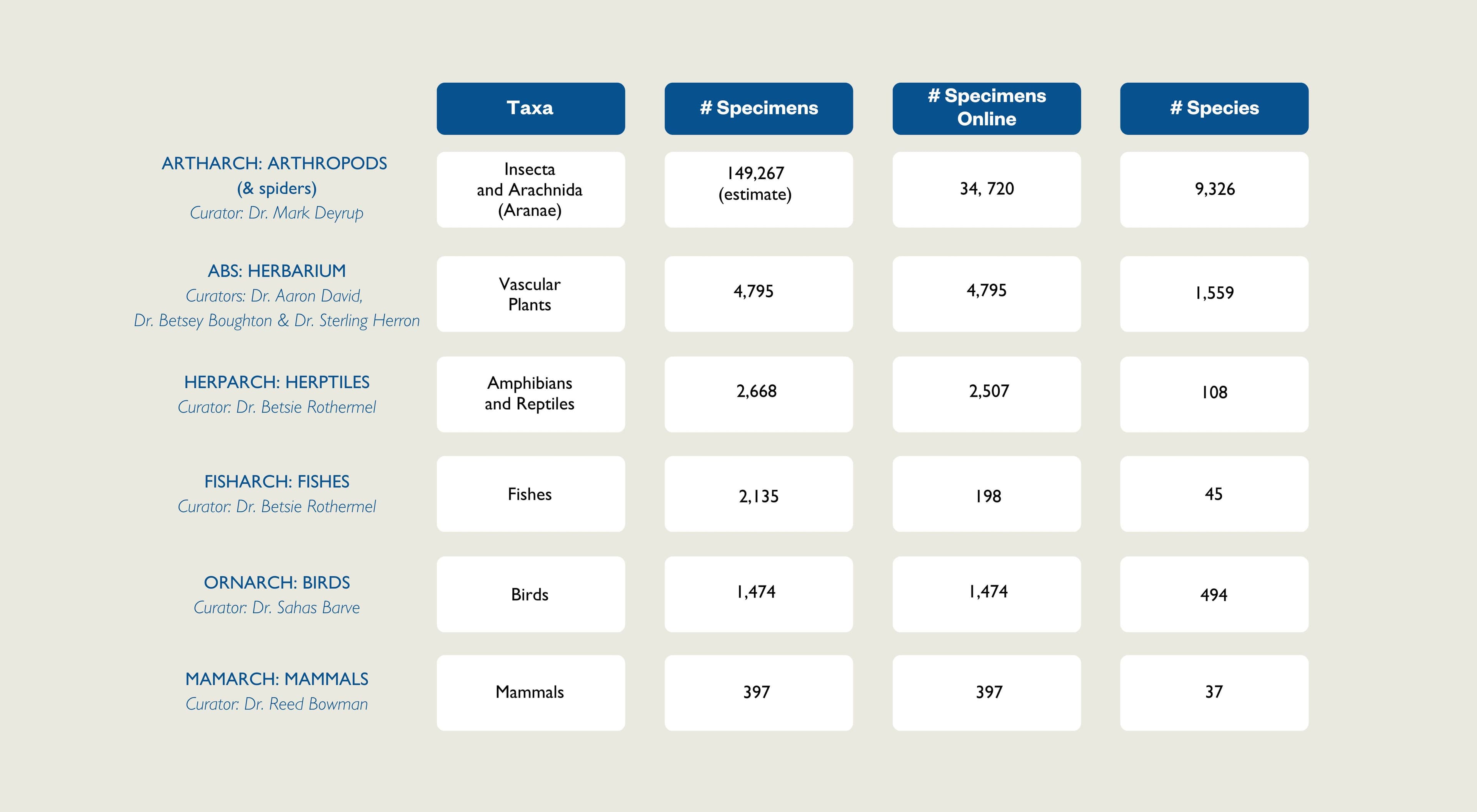
People
Loading data
No data


